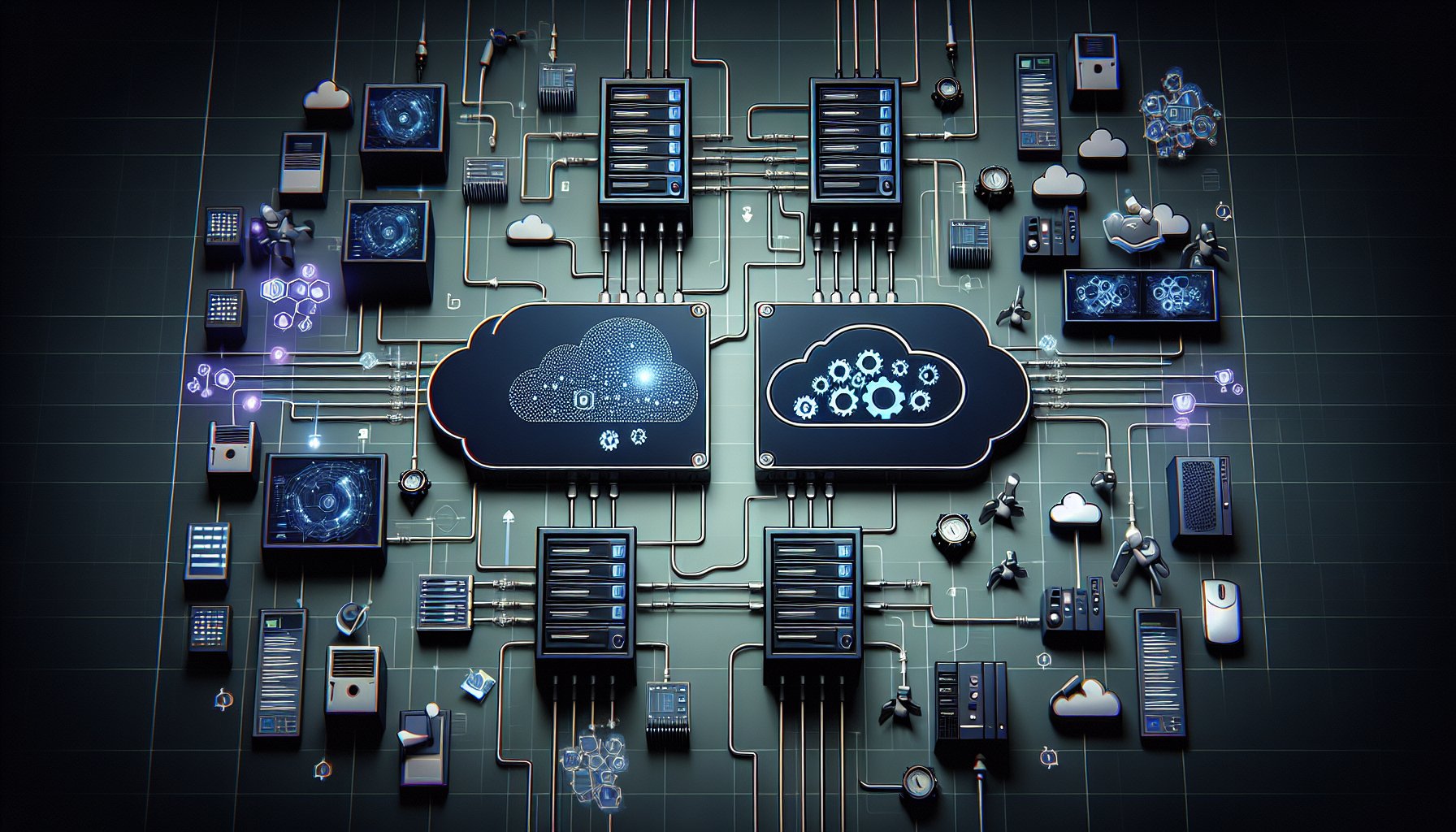Introduction
In the evolving landscape of IT, DevOps practices continue to redefine the way developers and operations teams work together. The future of IT development and operations is being shaped by cutting-edge DevOps methodologies that emphasize automation, collaboration, and continuous improvement. This post highlights the most current and innovative approaches in DevOps and how they can drive your business forward.
Continuous Integration and Continuous Deployment (CI/CD)
Continuous Integration and Deployment have become the backbone of modern DevOps practices. They allow for frequent code changes, automated testing, and consistent deployment, reducing the time from development to production and ensuring software quality. Employing tools like Jenkins, CircleCI, or GitLab CI can automate your workflows, improve delivery efficiency, and allow for faster recovery in case of any failure.
Example of CI/CD Pipeline
#Sample CI/CD Pipeline using CircleCI
version: 2.1
jobs:
build:
docker:
- image: circleci/node:latest
steps:
- checkout
- run: npm install
- run: npm run test
deploy:
docker:
- image: circleci/node:latest
steps:
- checkout
- run: npm run deploy
workflows:
version: 2
build-deploy:
jobs:
- build
- deploy:
requires:
- build
Infrastructure as Code (IaC)
Infrastructure as Code is another innovative practice that is becoming standard in DevOps. This approach involves managing and provisioning IT infrastructure through machine-readable script files rather than physical hardware configuration or interactive configuration tools. Tools such as Terraform, Ansible, and Pulumi enable businesses to manage their infrastructure in a reliable, repeatable, and efficient manner.
Example of IaC using Terraform
#Sample Terraform script for AWS EC2 instance
provider "aws" {
region = "us-west-2"
}
resource "aws_instance" "example" {
ami = "ami-0c94855ba95c574c8"
instance_type = "t2.micro"
tags = {
Name = "example-instance"
}
}
Microservices and Containers
The move towards microservices architecture and containerization has become a game-changer in DevOps. Breaking down applications into smaller, independent services allows teams to deploy, scale, and update parts of the system independently. Containerization with tools like Docker and Kubernetes ensures consistency across multiple development and production environments, enhancing the application's scalability and reliability.
Example of a Dockerfile for a Node.js application
#Sample Dockerfile for a Node.js Application
FROM node:latest
WORKDIR /app
COPY package.json .
RUN npm install
COPY . .
EXPOSE 8080
CMD ["node", "app.js"]
Conclusion
The future of DevOps lies in continuous improvement, automation, and innovation. By adopting these cutting-edge practices, businesses can improve their software delivery, reduce operational costs, and stay ahead in the competitive IT landscape. The key to success lies in keeping up with these emerging trends, and continuously updating your skills and knowledge to align with the rapidly evolving technology landscape.
